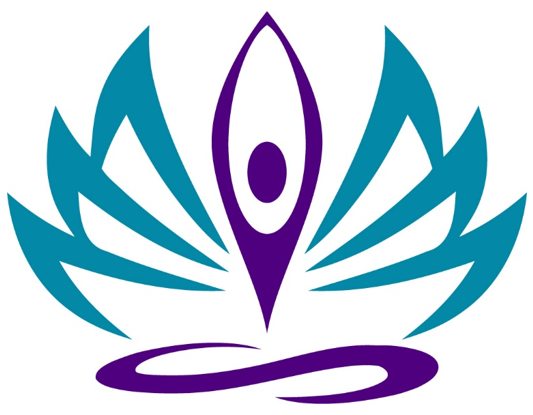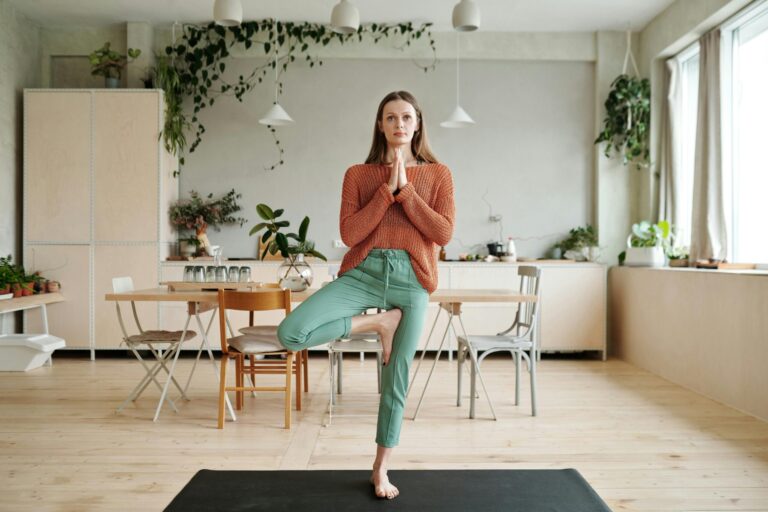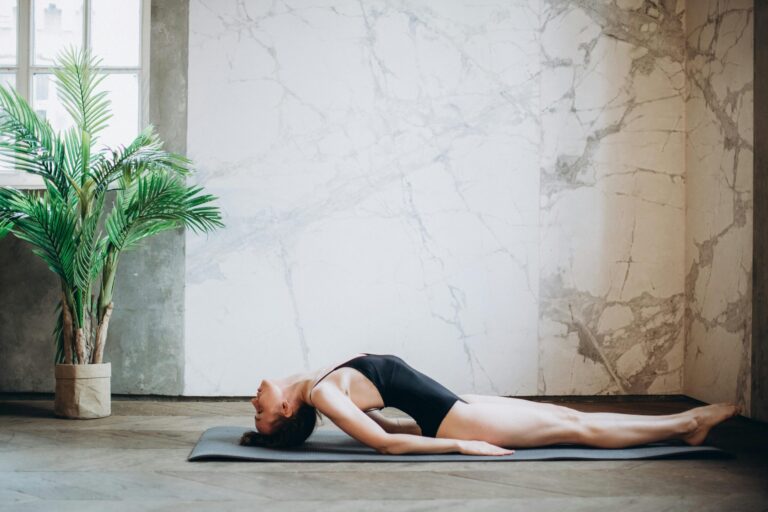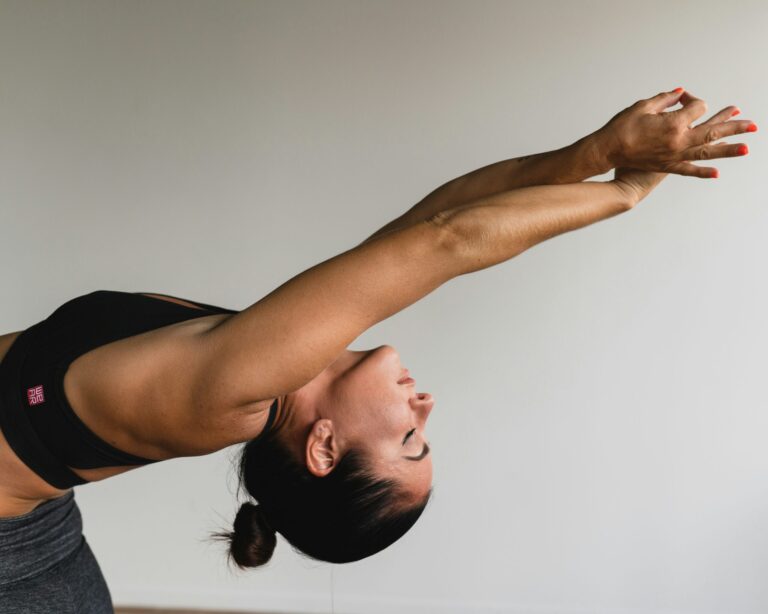Yoga and biomechanics for an upright posture: how to sustainably improve your posture and well-being
An upright posture is more than just an aesthetic ideal - it is essential for physical health, mental clarity and strong self-confidence. In this article, you will learn how you can improve your posture sustainably by combining yoga and biomechanical understanding.
Why an upright posture is so important
Many people spend the majority of their day sitting - often with their upper body bent forward, shoulders pulled forward and pelvis tilted. This posture can lead to muscular imbalances, particularly in the hip flexors, lower back, neck and chest muscles. In the long term, such poor posture can reinforce the natural asymmetrical movement pattern - known as the left AIC pattern - in which the pelvis tilts forward and the trunk turns to the right. This not only affects posture, but also breathing and the nervous system.
An upright posture, on the other hand, promotes:
- Optimal breathing: An upright chest enables deeper breaths and improves the oxygen supply.
- Even muscle loadCorrect alignment reduces overloading and tension.
- Improved body awareness: A conscious approach to your own posture increases body awareness and self-confidence.
How yoga and biomechanics improve your posture
Yoga offers the opportunity to correct muscular imbalances and optimize posture through targeted asanas (postures) and breathing exercises. In combination with biomechanical knowledge about the functioning of muscles, joints and fascia, you can work specifically on your posture.
Through regular practice you can:
- Recognize and compensate for muscular imbalancesCertain yoga exercises strengthen weakened muscles and stretch shortened muscle groups.
- Mobilize and stabilize the spineMobility and stability of the spine are crucial for an upright posture.
- Train body awarenessMindfulness in movement helps to recognize and correct incorrect posture.
Yoga exercises for an upright posture
I have recorded a 90-minute yoga session for an upright posture:
If you don't have 90 minutes or would rather work on your posture for yourself, here are some exercises that can help you:
1. twisting posture in a sitting position
- Sit cross-legged and straighten your spine.
- Lengthen as you inhale and begin to twist gently to the right as you exhale.
- Place your left hand on your right knee and place your right hand on the floor behind you.
- With each inhalation you straighten up a little more, with each exhalation you may go a little deeper into the twist.
- Hold the position for 4-6 breaths, then slowly come out of the twist and back to the center on an exhalation. Then switch to the other side.
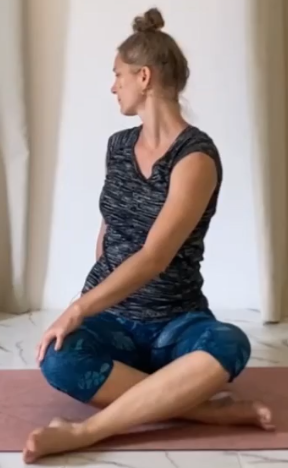
Effect:
This twisting posture mobilizes the spine, improves flexibility and promotes body awareness.
2. cat-cow
- Come into a quadruped position, hands under your shoulders, knees under your hips.
- As you inhale, lower your belly, lift your heart and your gaze - come into the cow.
- As you exhale, round your back, pull your chin towards your chest - come into cat.
- Repeat this movement fluently for 6-8 breaths.
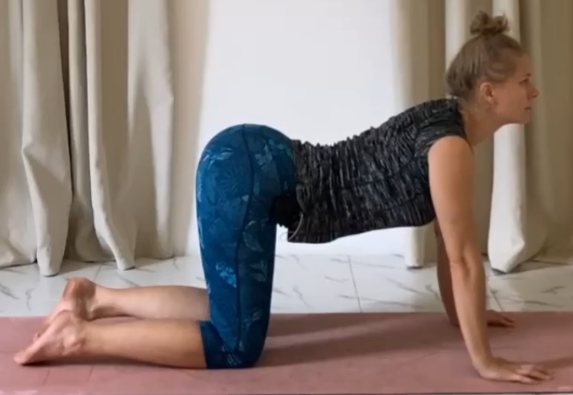
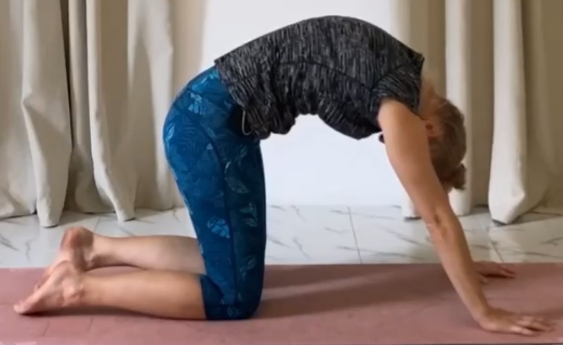
Effect:
Cat-cow mobilizes the spine, promotes blood circulation and creates more mobility in the torso.
3. warrior 1 (dynamic)
- Come into Warrior 1: take a big step forward with your right foot, then bend your right knee and bring your knee over your ankle. Your back leg is straight.
- As you inhale, lift the heel of the back foot, come up onto your toes and stretch upwards.
- As you exhale, bring the heel of the back foot back towards the floor, bend the front knee and lower the pelvis deeply.
- Repeat this sequence fluently for 6-8 breaths.
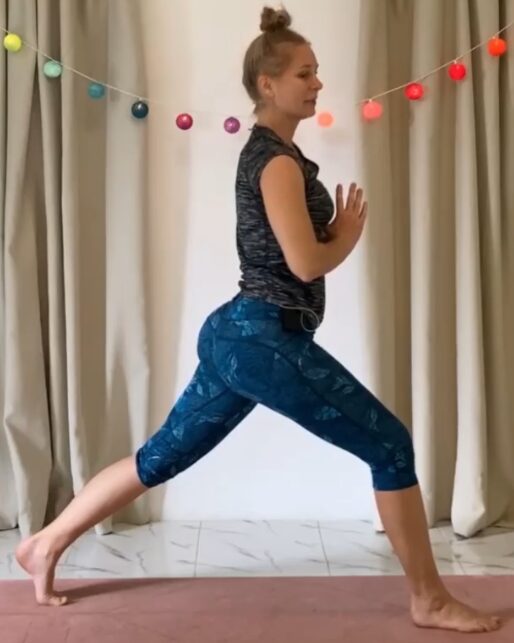

Effect:
This dynamic variation strengthens the legs and core, promotes balance and increases hip mobility. Practice this exercise more often with the right leg in front to counteract the left AIC pattern.
4. forward bend with shoulder opening
- Come into the chair (Utkatasana): The feet are hip-width apart, the knees are bent and the pelvis is lowered.
- Bring a gentle feeling of rounding into the lower back and come into a gentle backbend in the upper back.
- Clasp your hands behind your back and stretch out your arms.
- Hold the position for 2-3 breaths.
- Then lower your upper body with a long back and bring your arms over your head.
- Hold another 2-3 breaths.
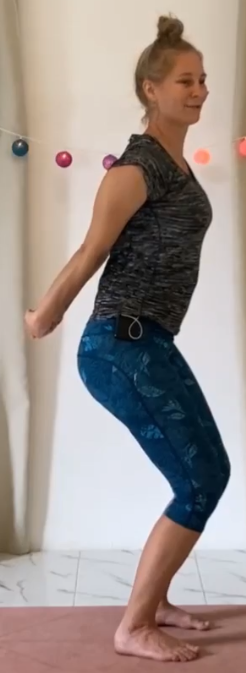
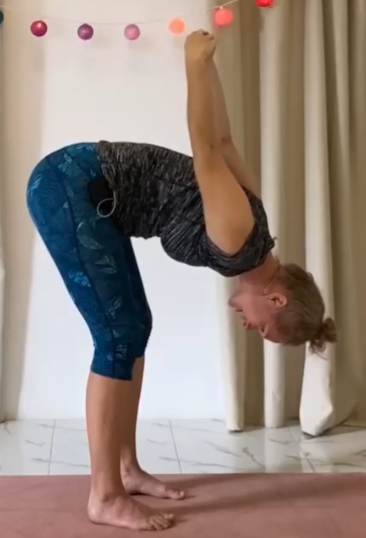
Effect:
Strengthens the legs and back, opens the shoulders and chest and lengthens the spine - perfect against hunched backs and hollow backs.
5. deep lunge movement with hip mobilization
- Come onto your knees, place the right foot forward, the leg is bent and the knee is over the ankle, the hands are placed to the left and right of the foot (optionally on blocks).
- Inhale and push the pelvis forward, feeling the stretch in the left side of the pelvis.
- As you exhale, straighten your right leg, pull your toes in and bend over your front leg.
- Alternate smoothly between the two positions for 6-8 breaths.
- Over only on one side to counteract the left AIC pattern.

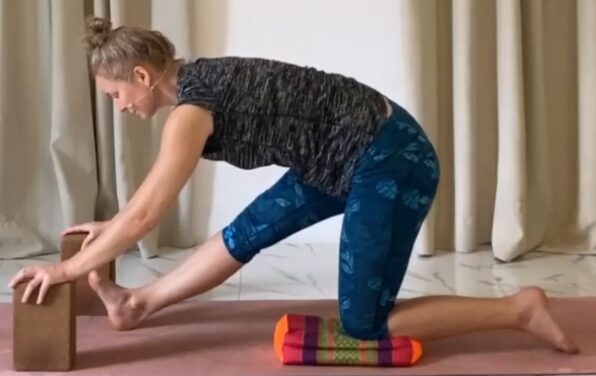
Effect:
Promotes mobility in the pelvis, stretches the back of the thigh and the hip flexors - important for a neutral pelvic position.
6. back exercise in prone position
- Lie on your stomach, arms beside your body, palms facing the floor.
- Tense your stomach and legs slightly and press the backs of your feet into the floor.
- Roll your shoulders back and slowly roll your upper body into a gentle backbend.
- Release your hands from the floor and turn your palms outwards, thumbs pointing upwards.
- Hold for 3-4 breaths and then lower your upper body again.
- Then clasp your hands behind your back, roll your shoulders back, lift your upper body off the floor again and pull your shoulder blades together.
- Hold again for 3-4 breaths.

Effect:
This exercise specifically strengthens the back muscles, improves posture and mobilizes the thoracic spine.
Conclusion: better posture with yoga and biomechanics
The combination of yoga and biomechanical understanding offers a holistic approach to improving posture. Through regular practice, you can compensate for muscular imbalances, mobilize the spine and train your body awareness. An upright posture not only promotes physical health, but also boosts self-confidence and general well-being.
TipIntegrate these exercises regularly into your daily routine - be it in the morning after getting up, during your lunch break or in the evening to relax. Your body will thank you with more lightness, stability and inner peace.
